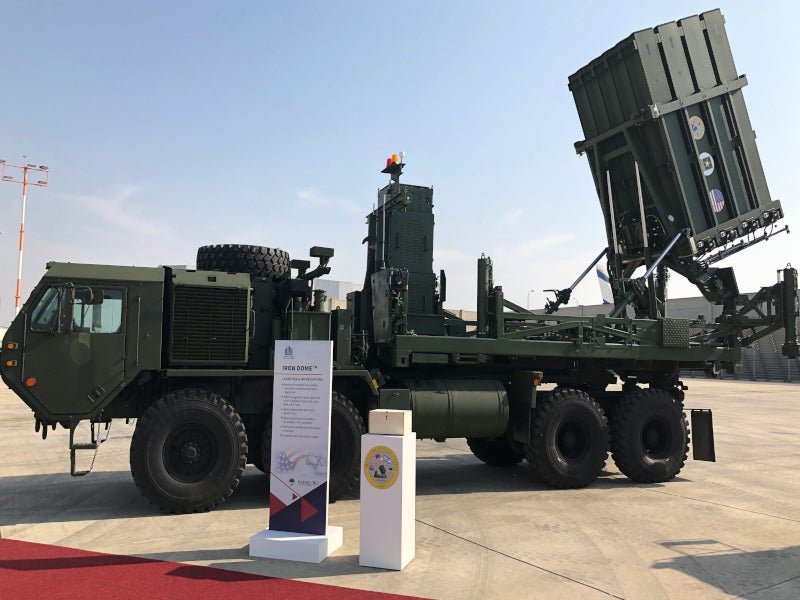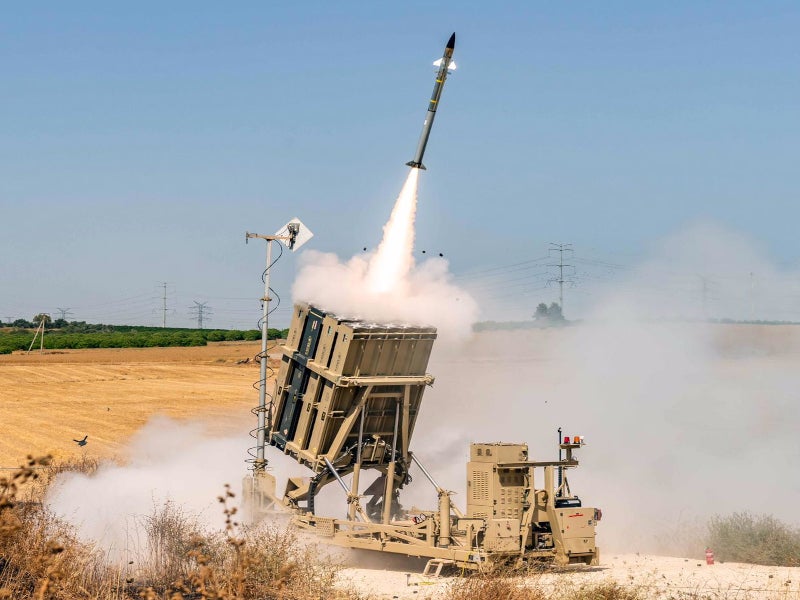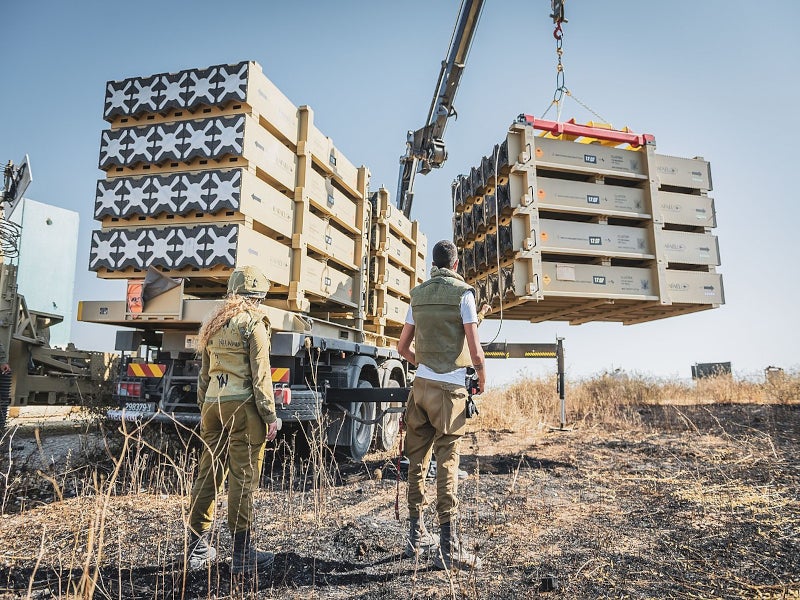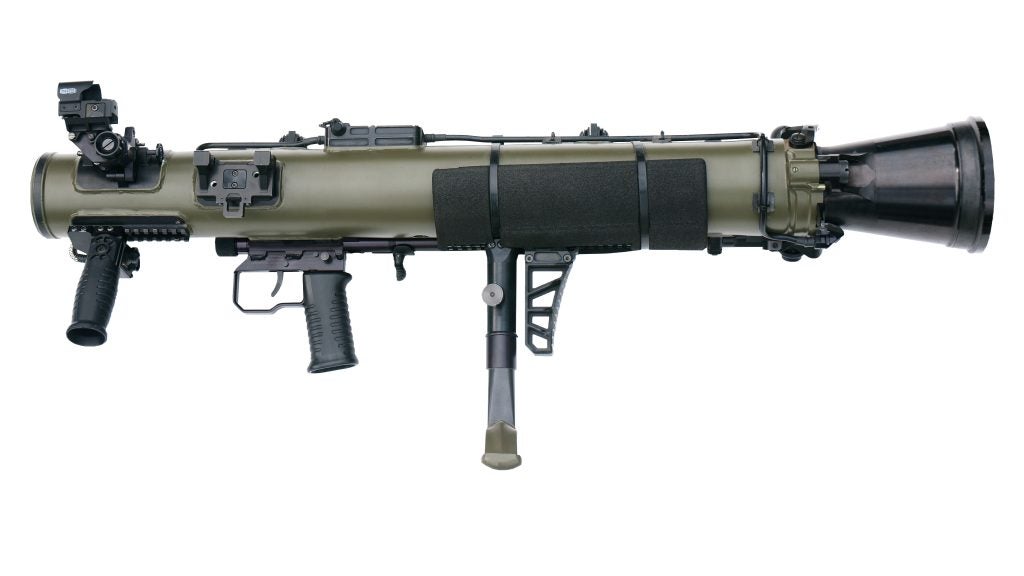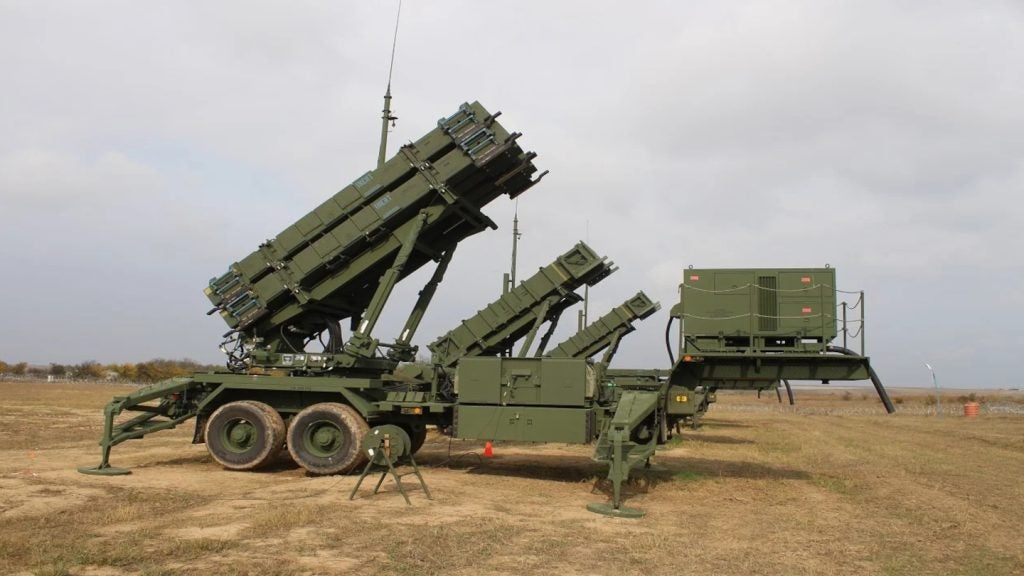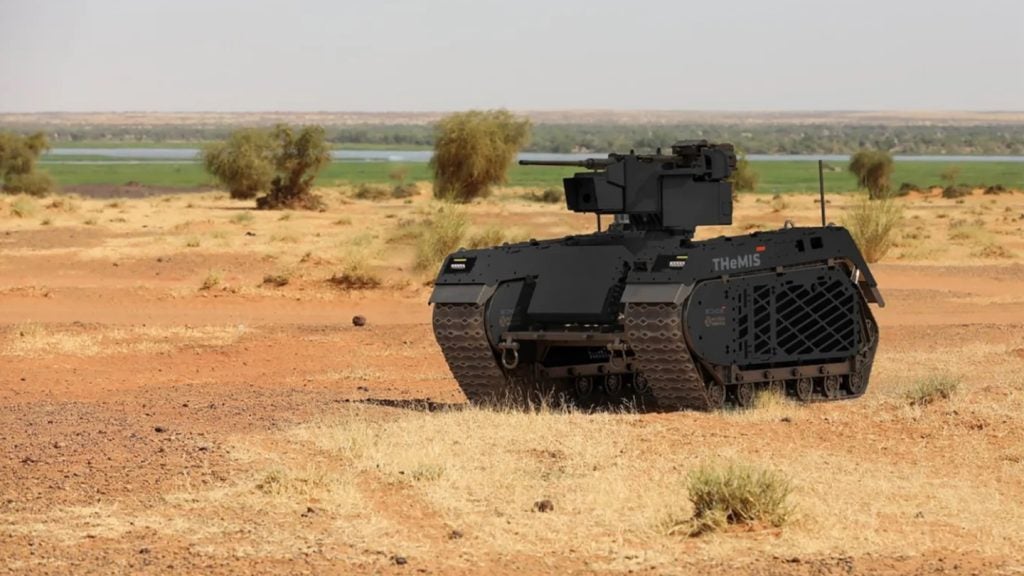Iron Dome is the world’s most used multi-mission air defence missile system developed by Rafael Advanced Defence Systems, a state-owned defence technology company in Israel.
The system was deployed by the Israeli Air Force (IAF) in March 2011 following the rocket attacks it had experienced in preceding years from Lebanon and Gaza.
It was developed to counter very short-range rockets and 155mm artillery shell threats with ranges of up to 70km. It can be operated in all weather conditions, including fog, dust storms, low clouds and rain. The all-weather air defence system protects the population and critical assets and can be strategically placed to reduce collateral damage.
Iron Dome detects, analyses and intercepts a range of incoming threats, including counter-rocket, artillery, mortar (C-RAM), precise guided missiles (PGM), cruise missiles, unmanned aerial vehicles, air-breathing threats and dense salvos.
The system has a reputation for intercepting more than 2,500 incoming targets with a more than 90% success rate in a decade.
Iron Dome’s deployment details
Selected by the Israel Defence Ministry, Iron Dome provides defence against short-range missiles and rockets that pose a threat to the civilian population of Israel’s northern and southern border.
In November 2012, Israel installed the fifth Iron Dome battery at Gush Dan in response to the rocket attacks on the Tel Aviv area. The country launched operation Pillar of Defence in the Gaza strip, in which the system intercepted 400 missiles.
Further, the system made 700 interceptions during another conflict with Gaza in 2014 also known as operation Protective Edge.
The Iron Dome air defence system intercepted and shot down hundreds of rockets from Gaza in a round of escalations between Israel and Palestine in May 2021.
In October 2023, Israel faced an unexpected missile attack from Gaza, which targeted various locations in Israel. Iron Dome was deployed against the attack. Currently, at least ten batteries of the Iron Dome are in operation, each containing 60 to 80 interceptor missiles.
Other versions of Iron Dome defence system
I-DOME is a mobile version of the system, which can be deployed on a single truck. It is a dual-mission, very short-range (V-SHORAD) and C-RAM air defence system. It consists of a wheeled 6×6 chassis launcher with ten Iron Dome interceptors, a radar and a battle management and weapon control (BMC) operating station.
C-DOME is a naval version, which was deployed by the Israel Navy in 2017. The C-DOME system can safeguard crucial naval and terrestrial assets from sophisticated ballistic, aerial and surface-to-surface threats, even in scenarios involving saturated attacks.
Iron Dome air defence system background and development details
The firing of rockets by Hezbollah during 2006’s Second Lebanon War led to the development of Iron Dome. Nearly 4,000 rockets, mostly of the short-range Katyusha type, were fired on Haifa and other northern regions of Israel.
About 44 Israeli civilians were killed in the attack and approximately 250,000 citizens were evacuated and relocated to other parts of Israel.
Between 2000 and 2008, more than 4,000 mortars and 4,000 rockets (mostly Qassams) were fired from Gaza into southern Israel. As the range of the Qassam has been expanded due to the introduction of 122mm Grad launchers, nearly one million southern Israelis came within the range.
To counter the rocket threats, the Israel Defence Ministry decided in February 2007 to develop a mobile air defence system.
The missile defence system was successfully tested in March 2009. The testing was carried out without physically intercepting a missile or rocket. In July 2009, during a defence ministry test, the system successfully intercepted a number of rockets.
A new battalion was established by the IAF in August 2009 to operate the Iron Dome system. Multiple rocket bombardments mimicking Qassams and Katyushas were intercepted successfully in a test carried out in January 2010.
The final testing of the Iron Dome was undertaken in July 2010. The system successfully determined and intercepted only incoming missile threats while other missiles, which were headed toward open fields, were not intercepted.
Iron Dome defence missile system details
Iron Dome contains three fundamental elements, a battlefield radar, which locates incoming missiles, a BMC system, which processes the data transmitted from the radar and a missile firing unit (MFU), which launches a faster missile to intercept the incoming missile at a higher altitude.
Iron Dome’s radar demonstrates its effectiveness within a range spanning 2.5 miles to 43.5 miles (4km to 70km).
The MFU is a first-of-its-kind multi-mission launcher designed to fire diverse interceptor missiles, such as Tamir, which have the capability to intercept incoming threats launched from distances ranging between 4km and 70km. The missiles feature electro-optic sensors and several steering fins for high manoeuvrability with proximity fuse blast warheads.
After detecting and identifying the rocket, Iron Dome radar monitors its path. Based on the radar’s information, the system’s BMC analyses the path of the threat and calculates an anticipated point of impact.
If the calculated path of the incoming rocket poses a real threat, a command is run to launch an interceptor against the threat. The incoming rocket is detonated over a neutral area.
Each battery of the Iron Dome contains three to four stationary MFUs, 20 Tamir missiles and a battlefield radar. A single battery has the capability to safeguard an area of almost 60 square miles by intercepting any threats targeting densely populated regions.
The missile system’s open architecture design permits seamless integration with an integrated battle command system (IBCS) and other elements utilised within the indirect fire protection capability (IFPC) framework, including its radar systems.
Iron Dome missile system features
The missile system has day-and-night and all-weather capability, quick reaction time and salvo interception capability. It can also adapt to rapidly evolving threats and handle multiple complex threats at the same time. It can operate as a stand-alone system or as a layer in multi-layer air defence system.
Other features of the Iron Dome include a vertical launch interceptor, warhead and proximity fuse, mobile launcher and compatibility with various radar and detection systems. The system’s special warhead allows it to detonate any target in the air.
Upgrades and tests
Israel performed a series of live-fire drills of a multi-layered air defence system using the Iron Dome, David’s Sling and Arrow weapon systems in December 2020.
The technological upgrade of the system to simultaneously shoot down multiple complex threats was tested in a series of three tests, of which the latest test was performed in southern Israel in March 2021.
The Iron Dome successfully intercepted and destroyed targets that simulated existing and emerging threats.
Orders and deliveries
Raytheon collaborated with Rafael for the commercialisation of the Iron Dome weapon system in the US in August 2011. Raytheon secured a $149m contract from Rafael for the supply of Tamir interceptor components used in the system, in September 2014.
In August 2019, an agreement was signed between Israel’s Ministry of Defense and the US Defense Department, facilitating the acquisition of two Iron Dome batteries for the US Army. The first battery was delivered in September 2020 while the delivery of the second battery was completed in January 2021.
Raytheon Rafael Area Protection Systems was formed as a new joint venture between Raytheon and Rafael in August 2020 to establish an Iron Dome production facility in the US.
International interest in the mobile air defence system
The new short-range missile defence system helps in protecting NATO forces positioned in Iraq and Afghanistan.
Romania’s Romaero partnered with Rafael for cooperation in the production of the Iron Dome system in Romania in May 2018.
Azerbaijan and India also signed deals for the purchase of the missile system.
The Israeli Government is in talks with a number of European countries to explore the potential sale of the system.
Contractors involved
The radar system of the Iron Dome was developed by Israeli defence company Elta.
Rafael contracted Israeli software company mPrest Systems for the development of the Iron Dome’s control system.


